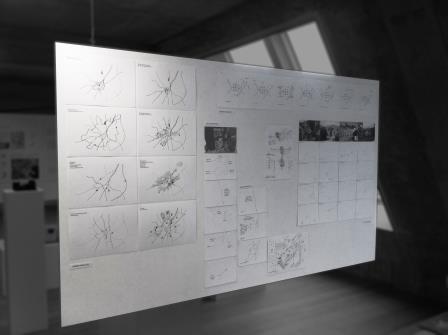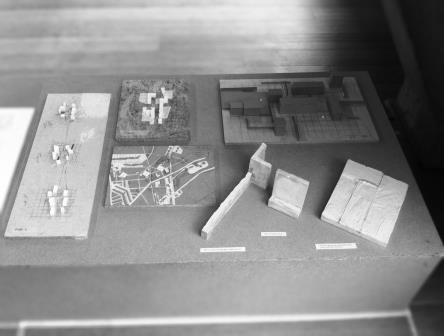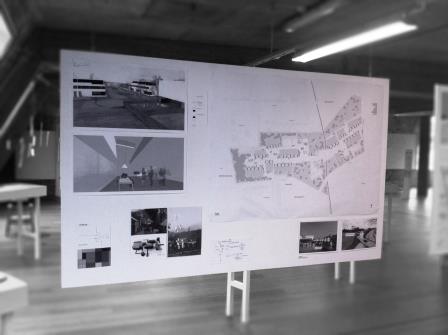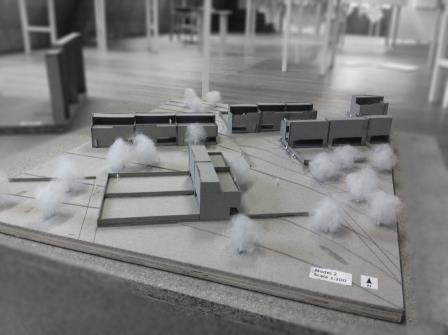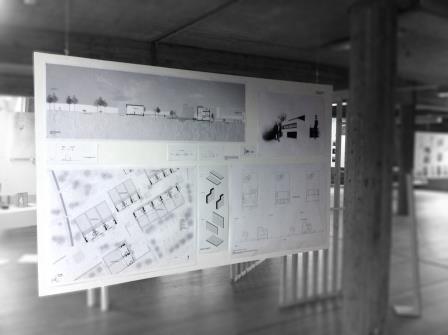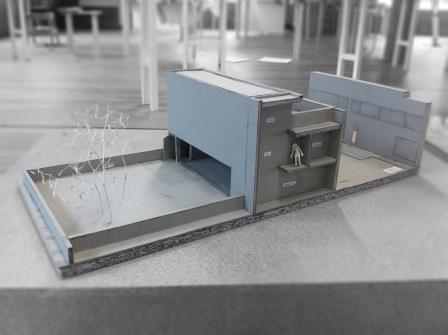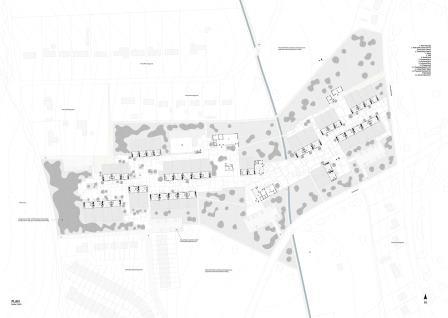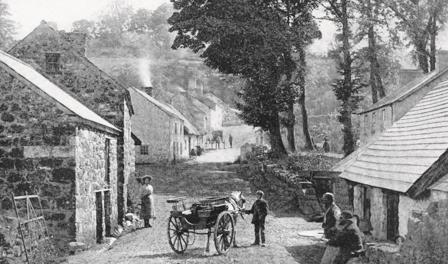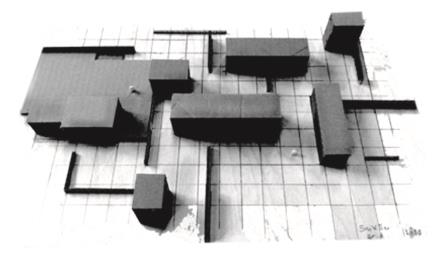Diploma 2014: "MIES MONDRIAN OVERLAP (work in progress)" by Simeon Kirkegaard
URBAN FARM COLLECTIVE - a REACTION TO ESTATE TYPOLOGY
In the Republic of Ireland during the economic boom period known as the “Celtic tiger” property developers built a massive amount of estates around the country. A large surplus of housing and the recession that hit the country in 2008 resulted in many estates being more or less abandoned, unoccupied and un- completed. In 2010 there were about 600 of these so called ghost estates in Ireland and it’s estimated that there are about 300 000 empty homes. The developers availed of significant tax breaks and incentives as well as cheap and easily available credit from banks, this and lax planning regulation meant that the constructions projects were often far away from major employment centres,sometimes in otherwise rural areas and the number of dwellings and scale of the developments was not proportionate, the supply outstripped the demand in many areas and the houses remain vacant.
One of these ghost estates is the Ballytegan, Gorey in county Wexford. Just an hours drive away from the capital of Ireland and close to coast of the Irish sea. It used to be a green wooded landscape and forming a part of a circuit around the small town of Gorey and is very popular amongst walkers, but is now left as an eyesore.
There are many uncertainties surrounding the ghost estates and the two solutions that seems to be favoured are to either demolish the uncompleted buildings or to finish them so that they can be used as homes as were their initial purpose. But there’s a third solution which this projects aims to address. This project asks what could this ghost estate become if it got a change of purpose and a transformation into something the would benefit the local community and the country? The ghost estate could go from being simply a collection of empty, unnecessary homes to something else that could bring life and a viable future for this ghost estate, but it would also stand as a reminder of the time of the ghost estates, and a warning against such folly in the future.
This thesis is based on this issue and try to put light on the key factors that have affected the development that has led to this situation has become a reality. Questions about collective mentality and the world economy’s impact have been included in an attempt to sensitize the larger picture of the situation. It willalso look at potential “solutions” or propose ideas for how to deal with these ghost estates. The current working title for the project is Integrate and adapt and is a gentle suggestion to how to deal with with the issue.
All photos: Simeon Kirkegaard
.jpg)

